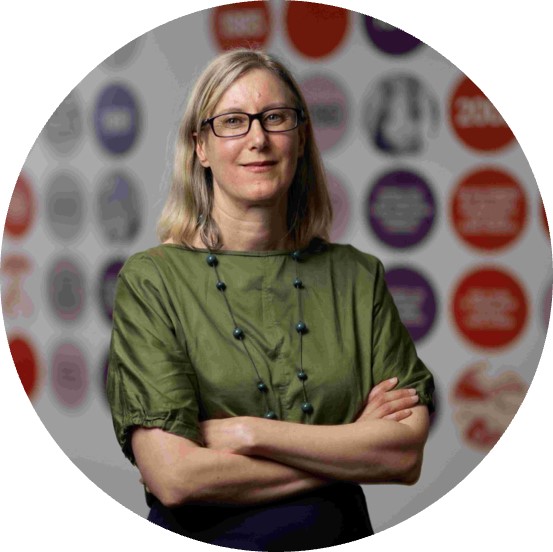Don’t have an account?
Select the donation type you’d like to make
Research study update: Understanding donation frequency from the perspective of plasma donors
What was the question?
We wanted to understand how our plasma donors decide how often they donate. We were also interested in what donors know about the need for plasma and their views on the plasma donation habits of other donors.
Why is it important?
The demand for plasma derived products continues to increase. To ensure that we have a sufficient supply of plasma, we need to make sure that our current plasma donors return regularly. However, we don’t know how donors decide how often to give.
What did we do?
We interviewed 105 plasma donors who had been donating for at least one year and who donated at different frequencies.
We asked them about:
- their current donation frequency,
- knowledge of the current and future demand for plasma,
- perceptions of how often others donate plasma, and
- barriers to, and benefits of, increasing their donation frequency.
Study participants were representative of our donor panel in terms of age, gender and location. The interviews were recorded and lasted approximately 30 minutes.
What did we find out?
Donors’ views on current frequency of donation
- Donors mentioned that they decided how often to donate plasma depending on how much time they had available, rather than from information provided by staff or their own prior blood donation habits.
- Donors wanted their donation practice to be sustainable and saw it as a positive contribution to their community.
- Factors such as work, family and health often had an impact on a donor’s routine. For this reason, many varied their donation frequency.
Donors’ views on donating at a different frequency
- Most participants liked the idea of donating at a higher frequency than they were currently donating; however, they could also identify barriers to more frequent donation.
- The most common benefit of more frequent donation identified was being able to contribute more to the supply of plasma and help more people.
- Many donors didn’t want to donate less frequently because they believed that they had the capacity to contribute at their current frequency or more.
Donors’ knowledge about plasma
- Nearly all donors believed that the demand for plasma was high and would increase in the future because of Australia’s ageing population and population growth.
- Donors indicated that they did not discuss their plasma donation with friends or family and therefore had little knowledge of the donation habits of other donors. However, donors often assumed that other plasma donors donate as frequently as or more than them.
What are the next steps?
The next stage of this project will test interventions to increase the frequency of plasma donation by existing donors.
If you‘d like more information about this study or a copy of the full report, please contact Rachel Thorpe.
We’d like to thank the donors who participated in this study for their time and valuable contribution.



